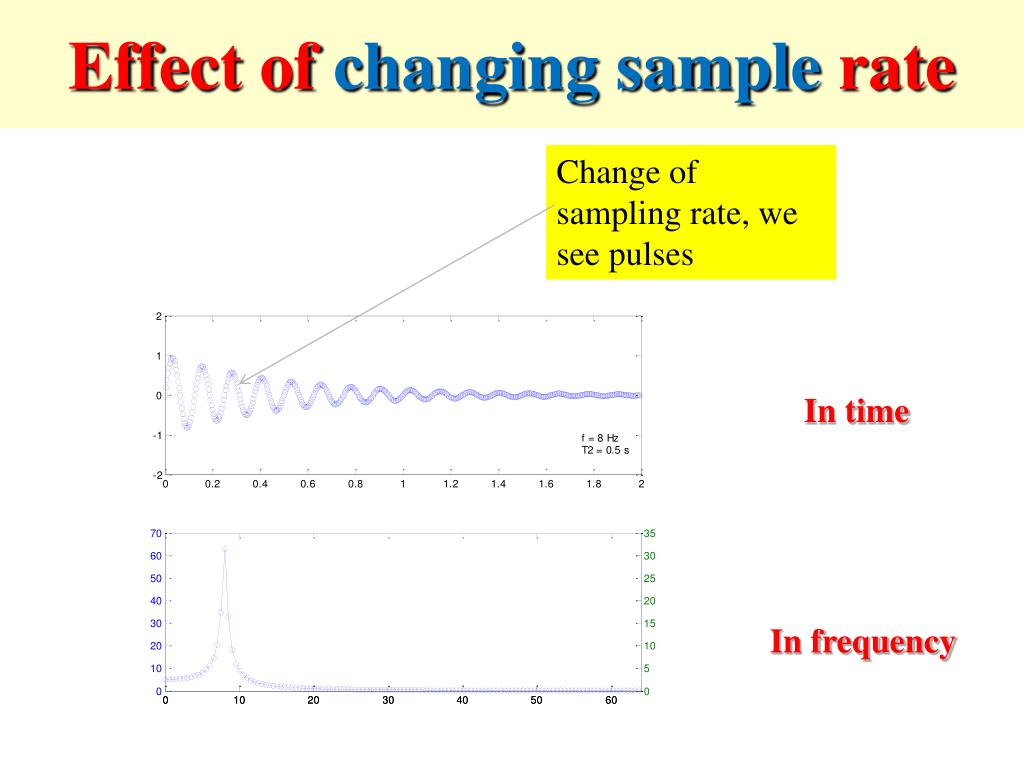


In contrast, there is no consensus on how to obtain the modal parameters from the measured input impedance. This approach is facilitated by the fact that well-established experimental devices and procedures exist for measuring the input impedance of wind instruments. By carrying out modal identification from a measured input impedance, it is therefore possible to model the resonator of an existing instrument by a set of ordinary differential equations which can be directly plugged into numerical methods for analysing the emergence of self-sustained oscillations, such as time-domain simulations, linear stability analysis or numerical continuation. The input impedance of a wind instrument can be mathematically represented using a modal expansion.
#CHANGE PEAK PICKING IN INMR TO HZ LICENSE#
This is an Open Access article distributed under the terms of the Creative Commons Attribution License ( ), which permits unrestricted use, distribution, and reproduction in any medium, provided the original work is properly cited. Since the method allows a reconstruction of the input impedance using either complex modes or real modes, results obtained with each approximation are critically compared. Nevertheless, it is fairly robust to noisy data. The method applies directly to the frequency-domain data provided by an impedance sensor and does not require any preprocessing. A single spurious mode can however be deliberately introduced to approximate the input impedance curve beyond the last visible peak. that can be associated with a resonance peak.

The supervised nature of the method allows the user to favour modes that have a physical meaning, i.e. This procedure is illustrated through the approximation of the input impedance of a bass trombone. The practical application of the method involves four elementary actions, which can be chained in different ways to progressively approximate a measured input impedance. It consists in adjusting the frequency and damping of one mode at a time while taking into account the presence of all other modes in the basis. To bypass the limitation of usual peak-picking approaches, which are valid only for well separated resonances, the present method is based on a semi-local optimization problem. The method operates as a peak-picking procedure, which makes it particularly intuitive for users who are not experts in modal analysis. * Corresponding author: paper presents a method to obtain the modal expansion of the measured input impedance of a brass instrument. Laboratoire d’Acoustique de l’Université du Mans, CNRS – UMR 6613, avenue Olivier Messiaen, 72085 Le Mans Cedex 9, France


 0 kommentar(er)
0 kommentar(er)
